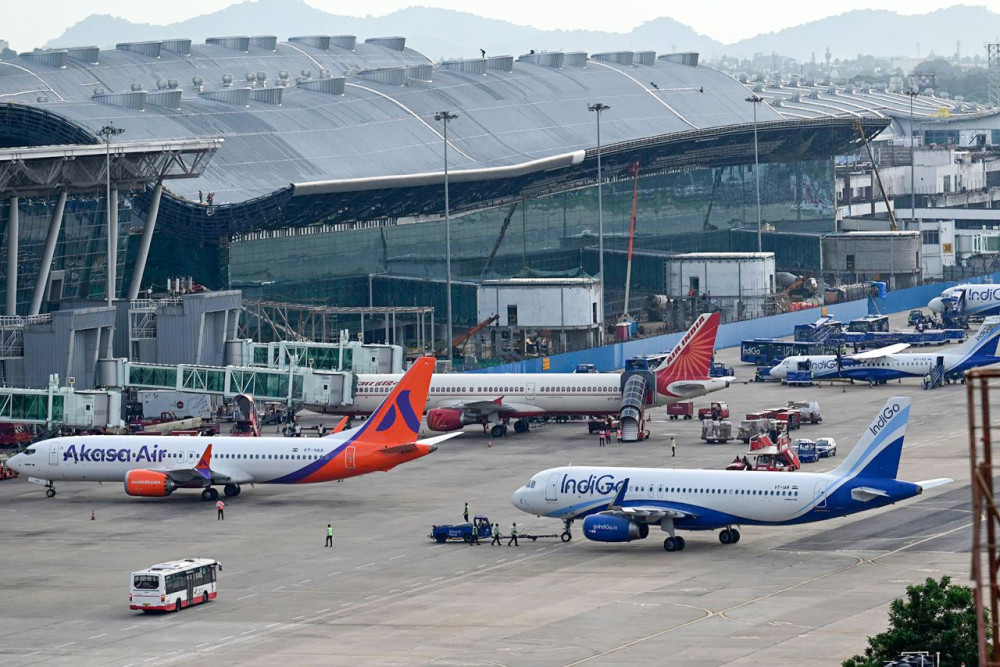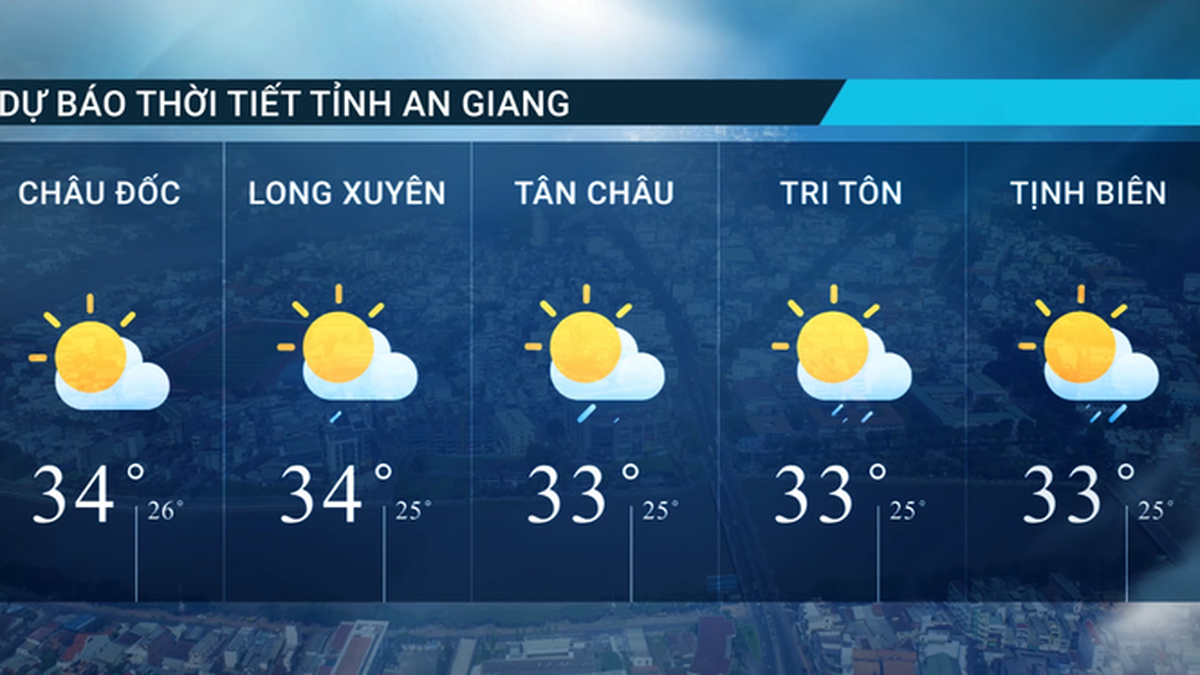MAI QUYEN (According to CNN)
As India overtakes China as the world’s most populous country, there are predictions that the South Asian superpower will continue to rise in many areas. Recently, India has emerged as the fastest growing country in terms of outbound tourism.
Low-cost airlines have contributed greatly to India's growth in foreign tourism . Photo: Getty Images
India is in the midst of a tourism boom, and almost no other country has a tourism industry growing as fast as theirs, according to Omri Morgenshtern, CEO of travel and hotel booking site Agoda. By 2024, Indians are expected to spend more than $42 billion a year on overseas travel.
Southeast Asia is currently one of the top destinations as the number of Indian tourists to Vietnam, Singapore, Thailand, Indonesia, and Malaysia has increased many times compared to before the COVID-19 pandemic. European countries such as France and Switzerland have also begun to become popular destinations for them. On the contrary, Japan, South Korea, or Taiwan are places that do not have many Indian tourists. Explaining this trend, Mr. Morgenshtern said the reason could be due to geographical distance and also because the above countries have not expanded access to the potential Indian market. To attract more Indian tourists, Mr. Morgenshtern said that countries need to reduce visa restrictions and increase the number of flights from India.
Bold investments
The trajectory of India’s tourism industry has seen not only an increase in outbound arrivals but also improvements in infrastructure and aviation, cementing the South Asian country’s status as a tourism hub. Gary Bowerman, founder of travel research and marketing firm Check-in Asia, said the multi-billion dollar investments by the Indian government in the aviation sector are starting to pay off, with more airports, terminals and infrastructure coming up than a decade ago.
Under the regional connectivity plan, at least 73 airports in India have been operational since 2017. This year, Indira Gandhi International Airport entered the list of the world's 10 busiest airports for the first time. New Delhi will continue to spend $11.9 billion to build and modernize domestic airports by 2025. Notable among these is Noida International Airport, expected to be operational by 2024. This will be the largest airport in Asia, enhancing connectivity between the National Capital Region of Delhi and India's most populous state of Uttar Pradesh.
The rise of low-cost airlines
In addition to government investment, the impetus for India’s tourism industry has been a proactive approach by private airlines, especially low-cost carriers. Low profit margins and fierce competition have led to the bankruptcy of some low-cost or economy airlines, but in a price-sensitive market like India, such culling is seen as necessary for the growth strategy and continued expansion of the aviation market, Morgenshtern said.
That’s reflected in the fact that despite the challenges, many other airlines continue to offer low-cost options. Air India, for example, in February, to boost tourism in India, the country’s second-largest domestic airline, purchased nearly 500 new aircraft. Over the past two years, the airline has also increased the frequency of its existing routes and added several new routes to major destinations in Europe and the US. Not to be left behind, budget airline Indigo announced earlier this month that it would add 174 new weekly flights and six new destinations across Africa and Asia. To meet the growing demand for air travel, India has also expanded its aircraft leasing program for both domestic and international routes.
Competing with China
Compared to China, which has seen a boom in outbound tourism over the past two decades, India’s tourism boom has been somewhat delayed, partly due to differences in aviation management. India’s aviation industry is dominated by private airlines, which often compete with each other. China, on the other hand, has three main government-run groups, which allow Beijing to effectively control the number and frequency of flights, especially to destinations in Southeast and Northeast Asia. In addition, other countries have had difficulty expanding flights to India because they have to compete with multiple airlines, according to Mr. Bowerman. This is considered a major factor slowing the growth rate of the South Asian country over the past decade when it comes to outbound tourism.
However, given the current growth rate, Mr. Bowerman said there are still many opportunities for India, including a plan for cooperation between tourism boards in Southeast Asia to diversify the market. Before the COVID-19 pandemic, China was the largest source of tourists in Southeast Asia. In 2019, the region welcomed 32.3 million tourists from China but only 5.3 million from India.
Source link


































































































Comment (0)